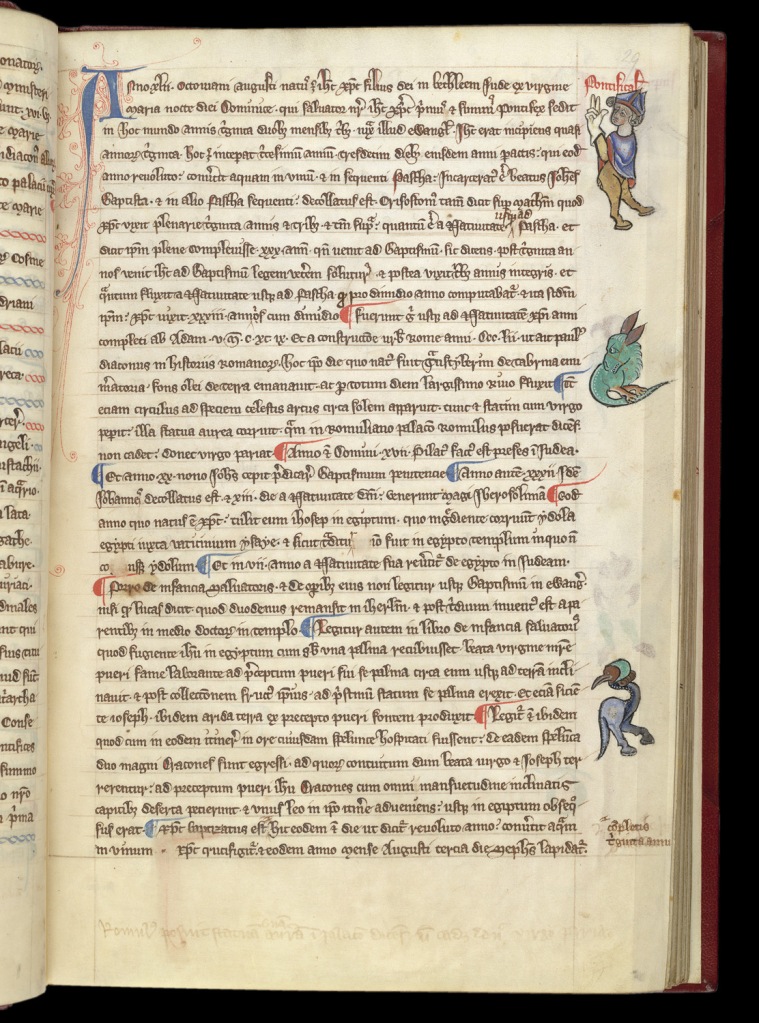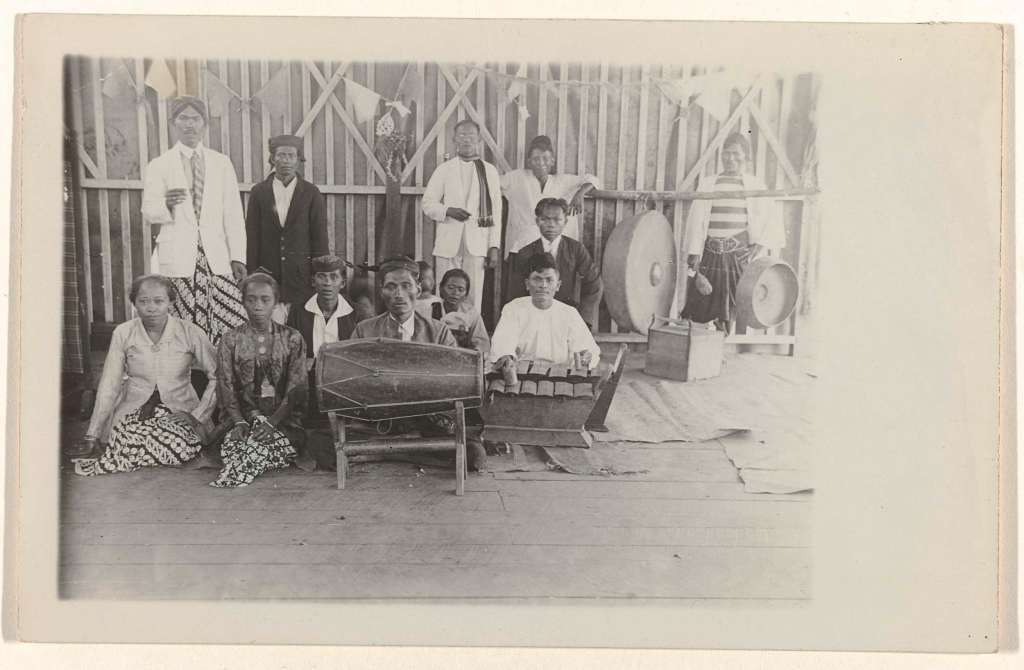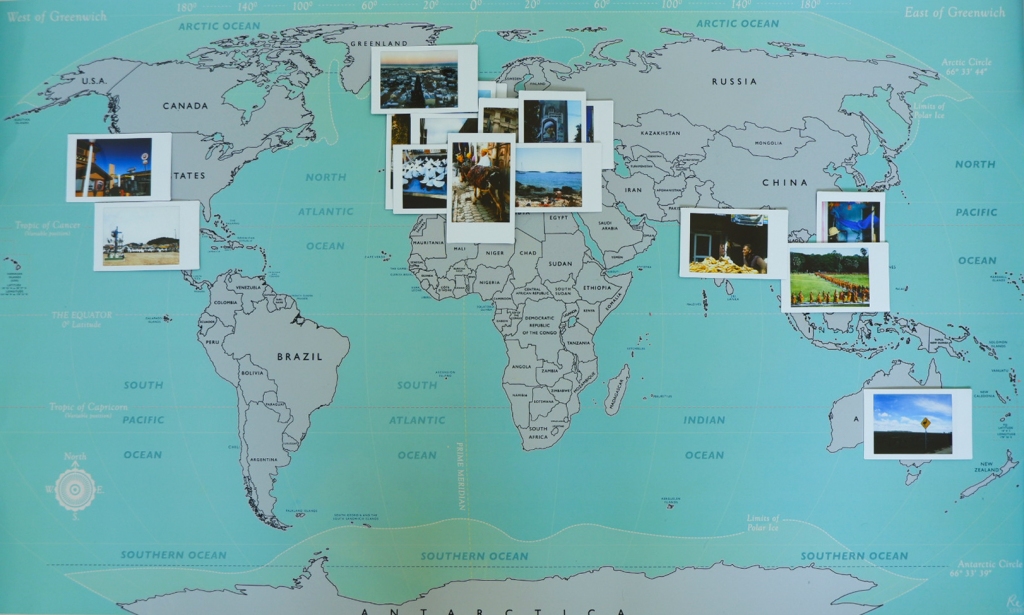Global Perspectives
The idea of capturing the essence of a place has been explored since human’s have been able to communicate. Whether this has been in the form of the written word or through visual art, people have always had the desire to share information about events and moments in time.
Religious and historical texts are examples of people actively sharing knowledge and perspectives to specific audiences. In the 14th century Martinus Polonus created popular illustrated chronicles that would depict the history of the world, demonstrating people’s fascination with other places and times different to their own.
https://www.bl.uk/catalogues/illuminatedmanuscripts/TourHistoryLatin.asp

Just a Click Away
With the invention of photography, the medium was often used to document places and different cultures across the world. In its most practical form, imagery follows very structuralist forms, as referenced in an article by John Szarkowski in The Photographer’s Eye, 1966; subject matter, detail, frame, time, and vantage point. The result is imagery that presents itself as factual, but there is a moral question around the subjective nature of interpretation and the personal perspective of the viewer.
This image from the Rijksmueum, of Gamelan in Moengo, South America, is an example of the type of imagery that would appear during the earlier uses of photography. The structured and deliberate methodologies used to capture a group of people can sometimes appear intrusive, as the viewer is invited into a world that is not their own. This can sometimes appear invasive, however the opportunity to visualise ‘other worlds’ is important, as it allows society to acknowledge that the world is bigger than what they experience in their own contexts everyday. The real concern, is arguably about how this is achieved.
https://www.rijksmuseum.nl/en/collection/NG-2008-37-72

This emphasises the importance of questioning context and presentation of subject matter, as all imagery is edited to present a particular point of view, whether to inform, entertain or educate. Roland Barthes writing in Camera Lucida challenges this, by introducing the idea that ‘puctum’ should be considered to create a relationship between emotional response, cultural significance and cultural perspective. The extract below (Photography Consists of Collaboration: Susan Meiselas, Wendy Ewald, and Ariella Azoulay. Camera Obscura (2016) 31 (1 (91)) explores this idea.
“Photography can be used to wield power, but it can also be used to restrain power and to imagine”
A Face Full of Teeth
In edition #73 of Colors Magazine, a series of topics are explored using photography to demonstrate the effects of money across the world and what it really costs different cultures globally. This image used on this spread demonstrates how context and personal experience of the observer provokes a response. We can all relate to the subject matter that features teeth, and when we look again to see that they are replaced with gold, we instantly react. The pride on the subjects face, counteracts the shock that the viewer might feel, as the subject is clearly happy to participate.

Mapped Out
It is reading the stories from magazines such as Colors and seeing the visuals that support them, that inspires me to document places and create visual narratives that encourage people to look and absorb what they are seeing. The map below documents the places that I have visited that inspire my own practice. By mapping out these places, I am able to draw comparisons and similarities between completely different locations using the images that I have taken. By doing this I aim to explore how these cultures transcend to more regional locations.

Steve McCurry is renowned for his travel photographs that capture global cultures and ways of living. He talks about his achievements in an interview for TEDX, describing the importance of candid moments and the relationships between the photographer and viewer.
“For me photography is a great adventure”
